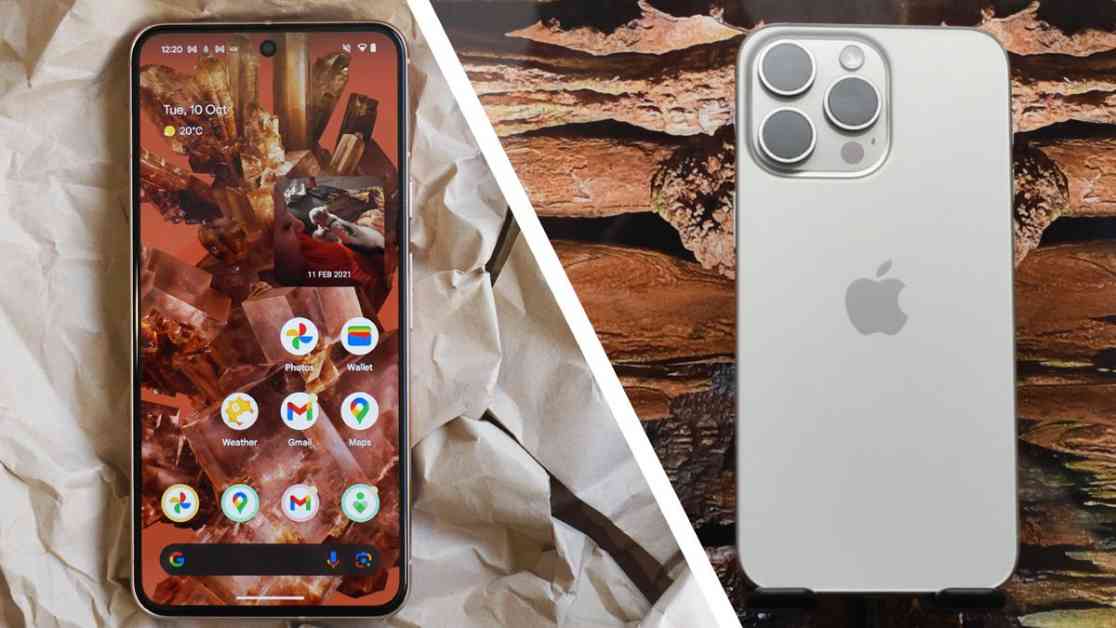The ongoing debate between Android and iPhone users is fierce, but recent data shows that many Android users are making the switch to Apple. In June 2024, a significant 17% of iPhone buyers in the US came from Android, marking the highest level of switching in several quarters. This trend indicates that Apple is facing challenges in convincing existing iPhone owners to upgrade, as seen in lower sales of the iPhone 15 series compared to previous models.
Interestingly, Android defectors are opting for older iPhone models like the iPhone 14 and iPhone 14 Plus, citing reasons such as previous phone problems and cost. The survey revealed that 53% of Android switchers moved to iPhones due to prior phone issues, while 15% found the cost of a new iPhone to be more affordable than expected. This shift towards older iPhone models suggests that these devices offer a compelling value proposition for both Android switchers and iPhone upgraders.
The introduction of Apple Intelligence in June further complicates the decision for potential iPhone buyers, as this feature is only available on the iPhone 15 Pro and Pro Max models. For users who do not prioritize AI capabilities, opting for an older iPhone model like the iPhone 14 may be a more practical choice. The current flagship phones are facing stiff competition from previous models that offer similar features at a lower cost, making them appealing to consumers looking for value.
Overall, the data from CIRP highlights the changing dynamics in the smartphone market, with Android users increasingly considering a switch to iPhones. The shift towards older iPhone models and the emphasis on value over cutting-edge features indicate a shift in consumer preferences. As Apple continues to innovate and introduce new technologies, the smartphone landscape is likely to evolve further, offering consumers a wider range of choices.
In conclusion, the trend of Android users switching to Apple reflects the competitive nature of the smartphone market and the evolving needs of consumers. By understanding the reasons behind this trend, both Apple and Android manufacturers can adapt their strategies to meet the changing demands of users and stay ahead in a rapidly evolving industry.












